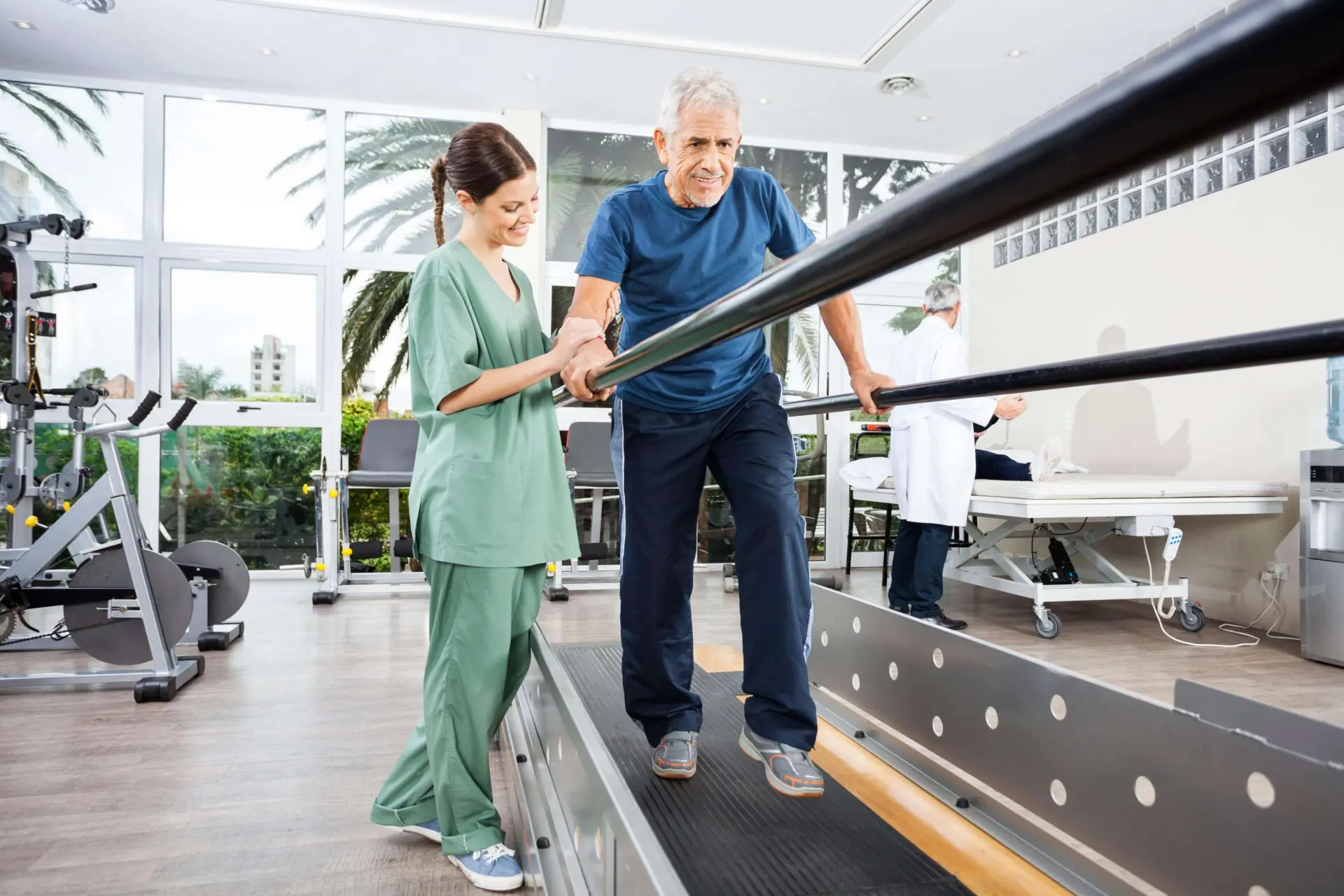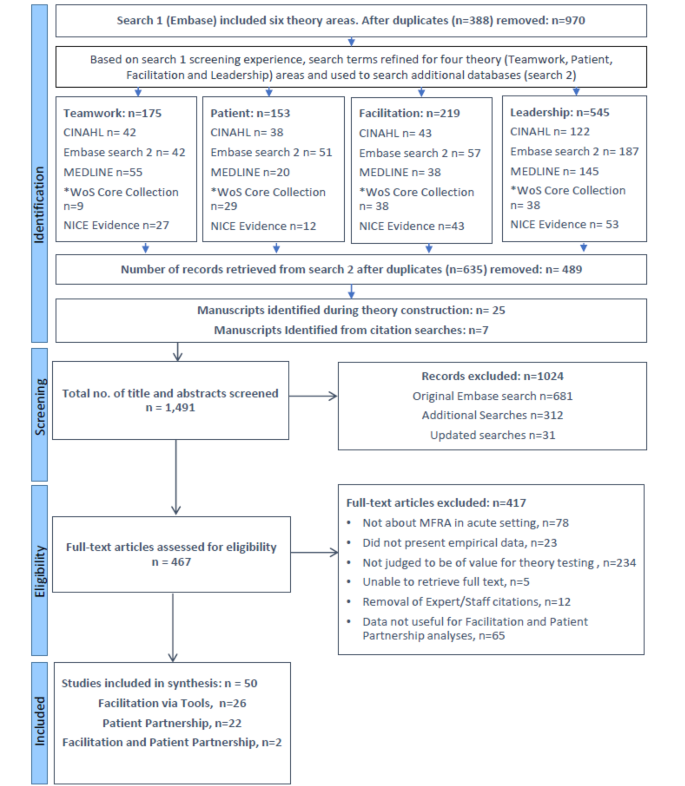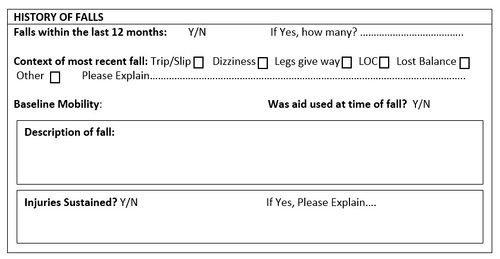Some Of Dementia Fall Risk
The Best Guide To Dementia Fall Risk
Table of ContentsFascination About Dementia Fall RiskExcitement About Dementia Fall RiskThe 2-Minute Rule for Dementia Fall RiskThe Of Dementia Fall Risk
An autumn risk analysis checks to see just how most likely it is that you will certainly drop. The evaluation usually includes: This consists of a collection of questions concerning your total health and if you've had previous drops or troubles with equilibrium, standing, and/or walking.STEADI consists of testing, assessing, and intervention. Interventions are referrals that may decrease your danger of falling. STEADI includes 3 steps: you for your danger of succumbing to your danger factors that can be boosted to try to avoid falls (for example, equilibrium troubles, damaged vision) to minimize your danger of falling by using efficient techniques (for example, providing education and resources), you may be asked numerous inquiries including: Have you dropped in the previous year? Do you really feel unstable when standing or walking? Are you stressed regarding falling?, your supplier will certainly evaluate your stamina, balance, and gait, making use of the following autumn assessment devices: This test checks your stride.
You'll sit down once more. Your supplier will check just how long it takes you to do this. If it takes you 12 seconds or even more, it may mean you are at higher threat for a fall. This test checks stamina and equilibrium. You'll sit in a chair with your arms crossed over your chest.
Move one foot halfway ahead, so the instep is touching the huge toe of your other foot. Move one foot fully in front of the various other, so the toes are touching the heel of your other foot.
All about Dementia Fall Risk
Most drops happen as an outcome of multiple contributing variables; consequently, managing the risk of dropping starts with recognizing the elements that add to drop danger - Dementia Fall Risk. A few of one of the most pertinent threat variables consist of: History of previous fallsChronic medical conditionsAcute illnessImpaired gait and equilibrium, reduced extremity weaknessCognitive impairmentChanges in visionCertain risky medications and polypharmacyEnvironmental elements can likewise enhance the risk for falls, including: Inadequate lightingUneven or harmed flooringWet or slippery floorsMissing or harmed handrails and grab barsDamaged or poorly fitted tools, such as beds, wheelchairs, or walkersImproper use assistive devicesInadequate guidance of individuals living in the NF, including those who exhibit hostile behaviorsA effective fall danger monitoring program calls for a complete medical assessment, with input from all participants of the interdisciplinary team

The care strategy must also consist of interventions that are system-based, such as those that promote a risk-free setting (appropriate illumination, handrails, order bars, etc). The performance of the interventions ought to be evaluated periodically, and the Home Page care strategy revised as required to show changes in the loss risk assessment. Executing a loss risk management system utilizing evidence-based best technique can decrease the occurrence of drops in the NF, while restricting the potential for fall-related injuries.
The Ultimate Guide To Dementia Fall Risk
The AGS/BGS guideline suggests screening all grownups matured 65 years and older for loss danger yearly. This screening is composed of asking patients whether they have dropped 2 or even more times in the previous year or sought clinical attention for a fall, or, if they have actually not fallen, whether they feel unsteady when strolling.
People who have dropped once without injury should have their balance and gait examined; those with stride or balance irregularities need to get added analysis. A background of 1 fall without injury and without gait or balance issues does not call for more evaluation past ongoing yearly fall threat testing. Dementia Fall Risk. A fall threat analysis is called for as component of the Welcome to Medicare examination

Dementia Fall Risk Can Be Fun For Anyone
Documenting a drops history is one of the top quality signs for autumn avoidance and management. An essential part of danger evaluation is a medicine evaluation. Numerous classes of medicines enhance fall risk (Table 2). copyright drugs in particular are independent predictors of falls. These medicines have a tendency to be sedating, alter the sensorium, and impair equilibrium and stride.
Postural hypotension can often be minimized by reducing the dose of blood pressurelowering drugs and/or stopping drugs that have orthostatic hypotension as a negative effects. Use of above-the-knee support hose pipe and resting with the head of the bed raised might likewise minimize find out here now postural reductions in blood pressure. The recommended elements of a fall-focused health examination are received Box 1.

A TUG time higher than or equal to 12 secs suggests high autumn risk. Being not able to stand up from a chair of knee height without using one's arms shows enhanced loss threat.